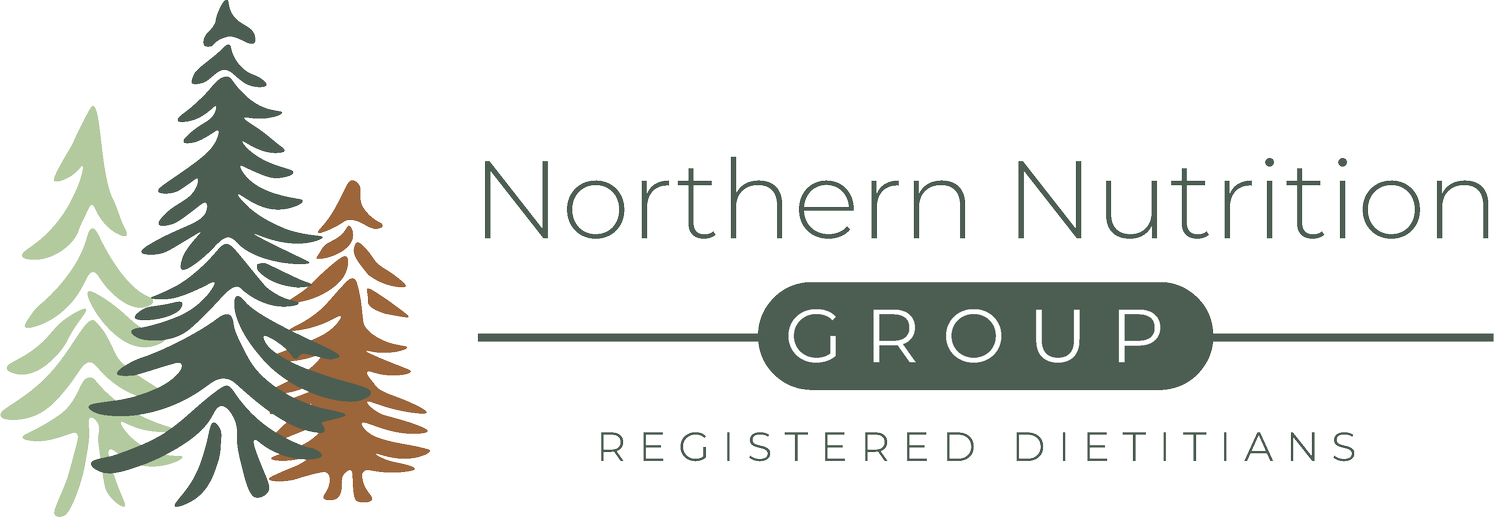Vitamin D Supplementation During the Winter Months
As the days grow shorter and the temps begin to drop, many Montanans find themselves spending much less time outdoors. While cozy evenings and snow-covered peaks make winter beautiful, the lack of sunlight can lead to a hidden nutritional deficiency: Vitamin D.
What does vitamin D do?
There are many reasons to ensure you get adequate vitamin D, but not excessive. Vitamin D is essential for:
Improved bone health
Reduced risk of heart attack or stroke
Reduced risk of allergy and asthma
Reduced inflammation
How much vitamin D do I need?
The recommended daily allowance for teens and adults is 600 IU, increasing to 800 IU for those aged 70 and older. During the summer months, around 9-19 minutes of sun with face, arms, and hands exposed, at least 2 times a week, in combination with food sources, may give you enough vitamin D.
In winter months in northern climates of the US, when the majority of the skin is covered (only hand and head exposed), it is estimated that one would need to be outside in the middle of the day, for more than 60 minutes to maintain adequate levels of vitamin D (Elliutt, Photochem Photobiol 2023).
If you are concerned that you are not getting enough vitamin D, your doctor can check your blood levels.
Supplementation
Which form of vitamin D is best?
Vitamin D2 and D3 will both raise your vitamin D levels, although vitamin D3 may raise your blood levels more effectively over time. Supplements are sold as capsules, tablets, chewables, gummies, soft gels, or liquids.
When to take vitamin D?
Take your vitamin D supplement with your biggest meal of the day, or with the one where you consume the most fat and oils. Vitamin D is a fat-soluble vitamin; consuming it with fats can increase absorption by as much as 50%!
How much should I take?
For most adults in Montana, a vitamin D supplement can be beneficial during the winter months. Individuals should aim for at least the recommended amount listed above; however, many people may need higher doses to maintain optimal blood levels. The upper safe limit is generally 4,000 IU per day, but individual needs can vary, so it's best to check with your dietitian for personalized recommendations.
Food Sources
Some foods can provide you with vitamin D:
Fortified foods: fortified milk typically provides 100 IU of vitamin D per cup. It can also be added to other foods, such as yogurt, orange juice, plant-based milk, and cereals.
Fish: Fatty (oily) fish are also good sources of vitamin D. 3 ounces of canned sockeye salmon provides around 716 IU, and canned pink salmon provides about 492 IU. Light tuna and sardines also provide vitamin D, although in smaller quantities.
Other foods: small amounts of vitamin D are found in beef liver, cheese, egg yolks, and mushrooms exposed to ultraviolet light.
Final Thoughts for Winter Transition
Get your vitamin D level checked this fall, it is a simple blood test.
If supplementing vitamin D, take it with a meal containing fats for better absorption.
Consume fortified foods and fatty fish, and keep up outdoor activity as able. Fresh air and movement remain great for mood and overall well-being, even in the winter!
References:
ConsumerLab. (2025). Vitamin D supplements review — Vitamin D. Retrieved from https://www.consumerlab.com/reviews/vitamin-d-supplements-review/vitamin-d/?search=D%20%28Vitamin%20D%29
Elliott, T. M., Gordon, L. G., Webb, A., Kift, R., Foeglein, A., & Neale, R. E. (2024). Making the sunshine vitamin - How much sun exposure is needed to maintain 25-hydroxy vitamin D concentration?. Photochemistry and photobiology, 100(3), 746–755. https://doi.org/10.1111/php.13854
Written by Kaitlyn Schlangen, MS, RD
Kaitlyn specializes in: Eating disorders, disordered eating patterns, gastrointestinal (GI) disorders and diseases. She is dedicated to supporting individuals across all spectrums of these challenges.
